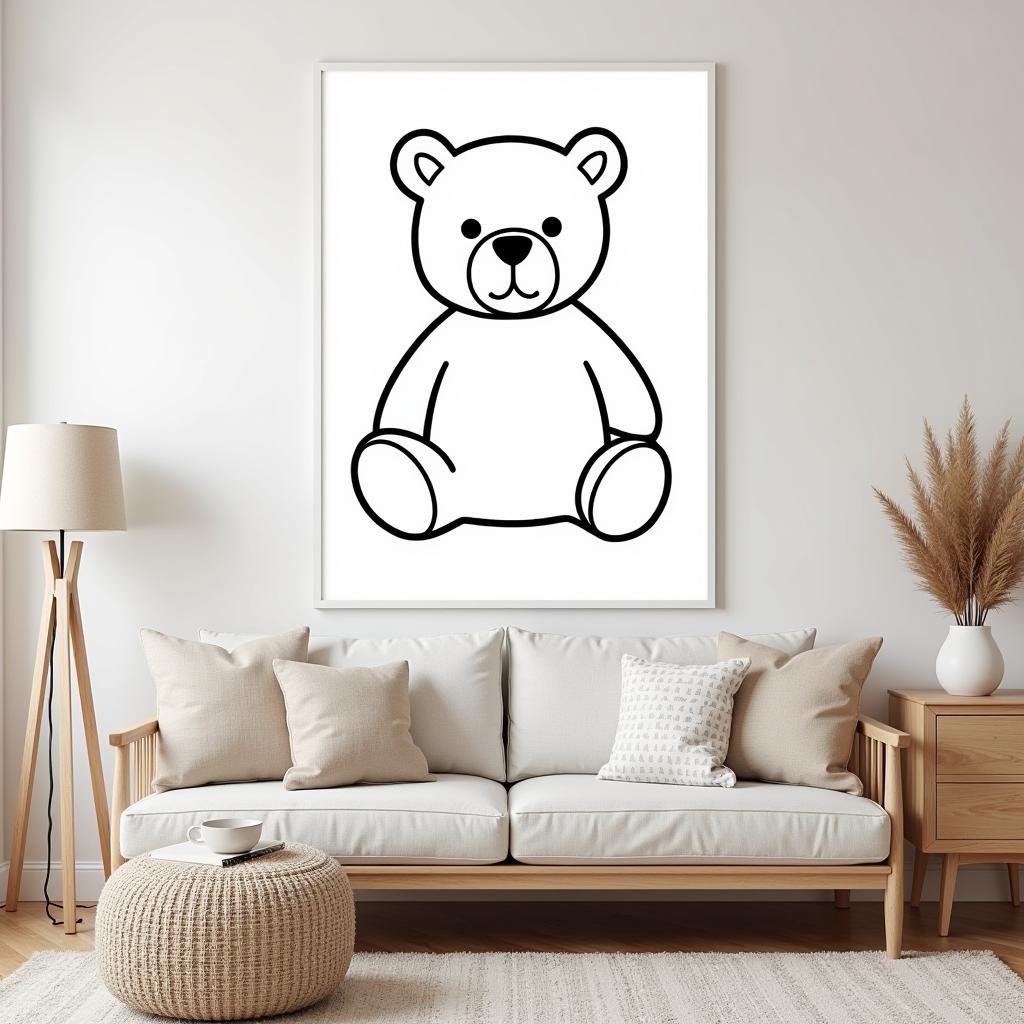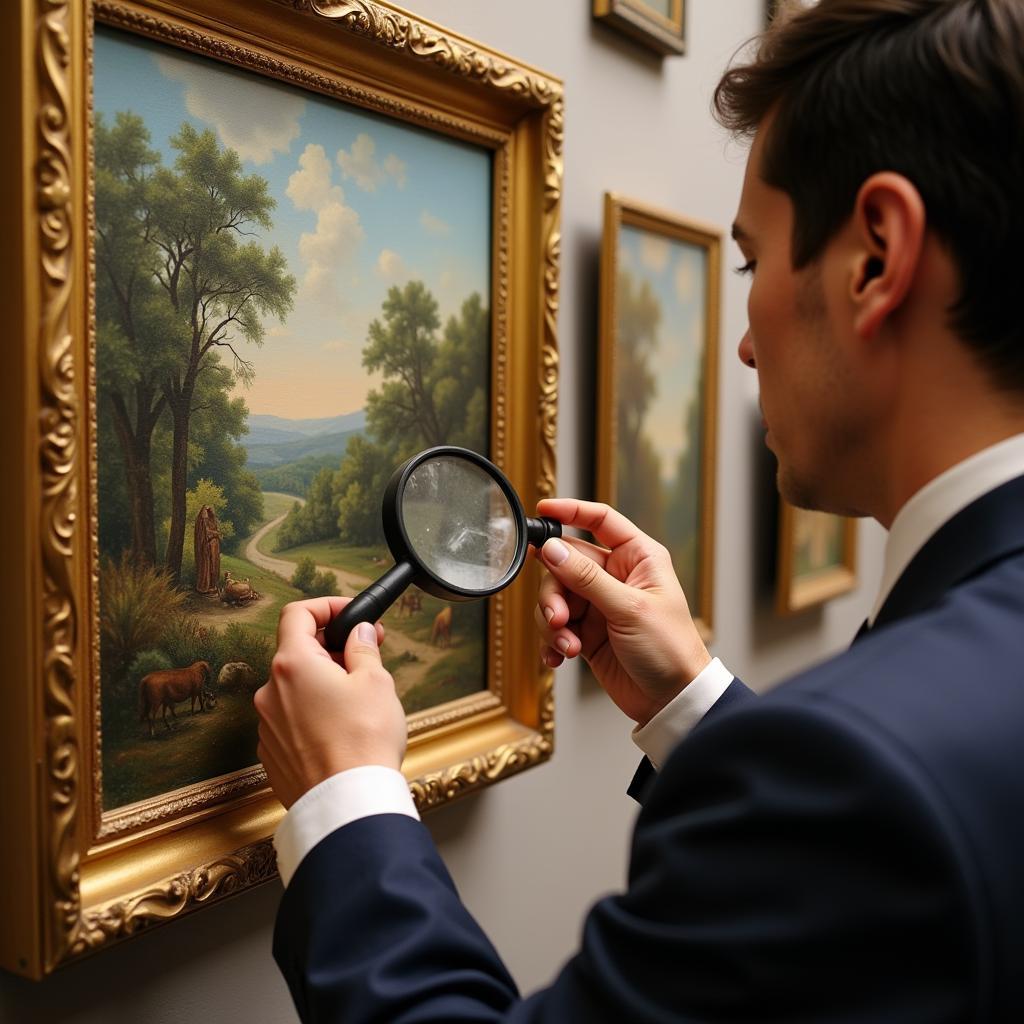Fine Arts Insurance Application: Protecting Your Creative Passion
Navigating the world of fine arts insurance can seem daunting, especially when your focus is on crafting masterpieces. Whether you’re a painter, sculptor, digital artist, or any type of artist, safeguarding your artwork is crucial. That’s where fine arts insurance steps in, providing a safety net for your creative passion and financial investment. This comprehensive guide will walk you through the essentials of Fine Arts Insurance Applications, ensuring you have the coverage you need to create with confidence.
Understanding the Importance of Fine Arts Insurance
Before we dive into the application process, let’s understand why fine arts insurance is non-negotiable for artists of all levels. Imagine this: you’ve poured your heart and soul into a stunning sculpture, only to have it damaged during transportation to a gallery. Without proper insurance, you’re left with the financial burden of repair or replacement, not to mention the emotional toll of seeing your creation compromised.
Fine arts insurance typically covers a range of perils, including:
- Damage or Loss: Protection from unforeseen events such as fire, theft, vandalism, or natural disasters.
- Transit Risks: Coverage during transportation to exhibitions, galleries, or storage facilities.
- Mysterious Disappearance: Protection in the event your artwork goes missing under unclear circumstances.
- Valuation Disputes: Assistance in determining the fair market value of your artwork for claims purposes.
Navigating the Fine Arts Insurance Application Process
Securing the right fine arts insurance starts with a well-prepared application. Here’s a step-by-step guide to help you through the process:
1. Gather Information:
Before you begin the application, compile essential details about your artwork:
- Inventory List: Create a detailed inventory of all artwork you wish to insure. Include titles, dimensions, mediums, creation dates, and estimated values.
- Photographs: High-quality photographs of each artwork are crucial. Ensure images are clear, well-lit, and capture all angles.
- Appraisals: While not always mandatory, recent appraisals from qualified professionals are highly recommended. Appraisals provide an accurate assessment of your artwork’s market value.
2. Choose the Right Insurer:
Not all insurance providers are created equal. Look for insurers specializing in fine arts insurance. These specialized insurers understand the nuances of the art world and offer tailored coverage options.
3. Complete the Application:
Fine arts insurance applications typically require detailed information about your artwork and your art-related activities. Be prepared to provide:
- Personal Information: Name, address, contact details.
- Art Inventory: Provide the detailed inventory list and photographs you compiled earlier.
- Exhibition History: List any previous or upcoming exhibitions where your artwork has been or will be displayed.
- Security Measures: Outline the security measures in place to protect your artwork, such as alarms, surveillance systems, or secure storage facilities.
- Valuation Details: Include any appraisal reports and explain how you determined the value of your artwork.
4. Review and Submit:
Before submitting your application, review all information carefully to ensure accuracy and completeness. Contact the insurance provider directly if you have any questions or need clarification.
Tips for a Smooth Application Process
- Be Thorough: Provide as much detail as possible about your artwork and its history.
- Be Accurate: Ensure all information, particularly valuations, is accurate and up-to-date.
- Be Transparent: Disclose any previous losses or claims related to your artwork.
- Ask Questions: Don’t hesitate to reach out to the insurance provider if you need assistance or clarification during the application process.
Protecting Your Creative Legacy
Securing fine arts insurance is an investment in your artistic journey. It provides the peace of mind to create freely, knowing your artwork is protected. By following these guidelines and working closely with a reputable insurer, you can navigate the application process with confidence and focus on what you do best—creating art that inspires.




